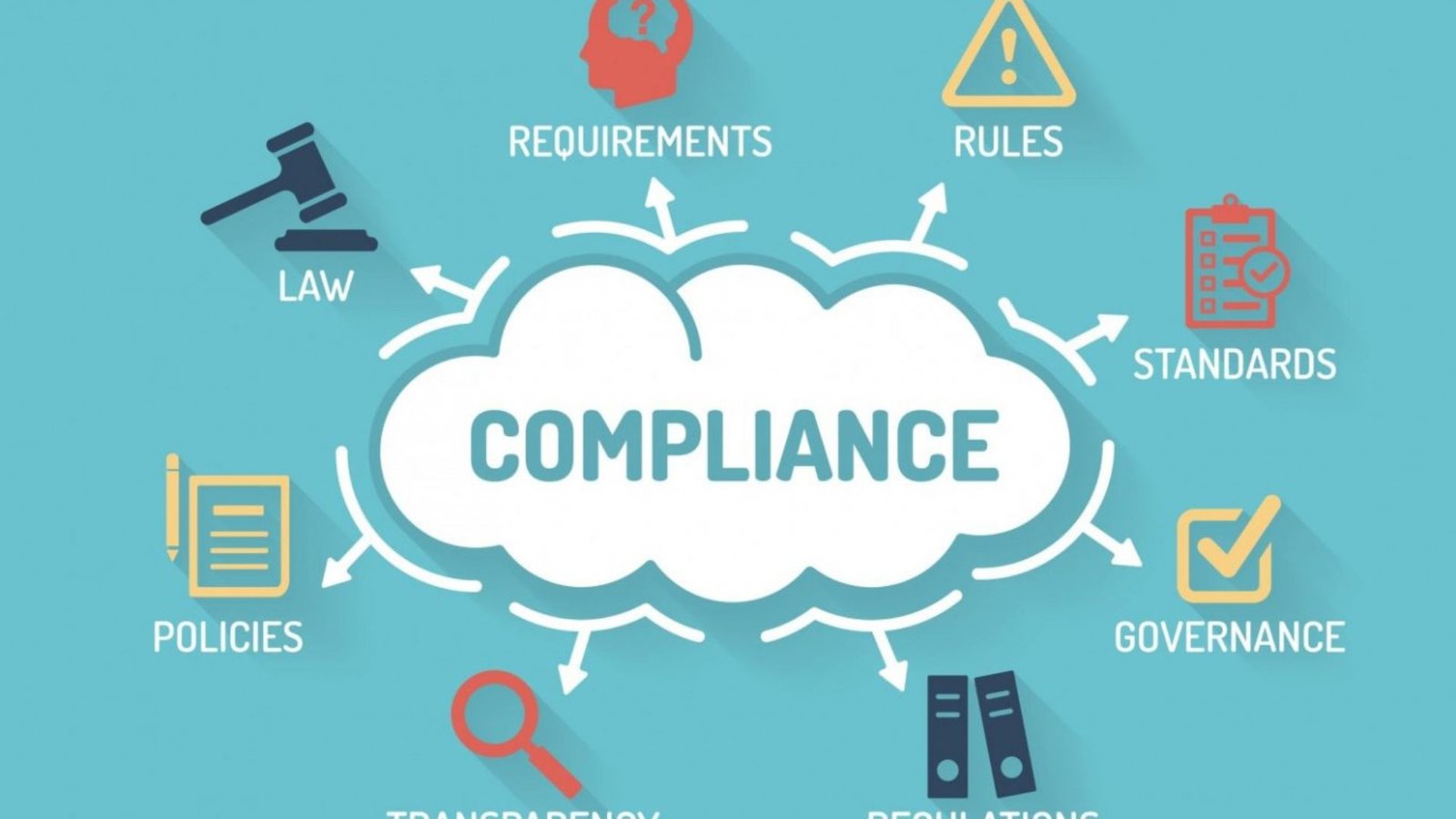
Ensuring compliance in network ads is essential to avoid legal issues and maintain a good reputation. When you adhere to best practices, you protect your brand and foster trust with your audience. In this article, we’ll explore key strategies to ensure compliance in network ads, so you can create effective campaigns that meet regulatory standards.
1. Understand Relevant Regulations
The first step in ensuring compliance in network ads is to understand the regulations that apply to your industry. Different regions and sectors have specific rules regarding advertising. For example, data protection laws such as GDPR in Europe or CCPA in California dictate how you collect and use personal data. Familiarize yourself with these regulations to ensure your ads comply.

Practices for Ensuring Compliance in Network Ads
2. Adhere to Advertising Standards
Follow advertising standards set by industry organizations and platforms. These standards often include guidelines on truthfulness, non-deceptiveness, and avoiding misleading claims. Adhering to these standards helps you avoid legal trouble and build trust with your audience. Always check the latest guidelines from relevant advertising authorities and platforms.
3. Be Transparent About Data Collection
Transparency is key in ensuring compliance in network ads. Clearly inform users about the data you collect and how it will be used. Provide a privacy policy that details your data practices and offer users an option to opt out of data collection. This approach not only complies with legal requirements but also enhances user trust.
4. Use Clear and Accurate Claims
Ensure that all claims made in your ads are clear, accurate, and substantiated. Avoid making exaggerated or unverified claims that could be considered misleading. Support any claims with evidence and ensure they can be easily verified by users. Accurate claims help build credibility and prevent potential legal issues.
5. Avoid Discriminatory Content
Compliance in network ads also involves avoiding discriminatory content. Ads should be inclusive and not target or exclude individuals based on race, gender, religion, or other protected characteristics. Ensure your ads reflect diversity and avoid content that could be perceived as discriminatory or offensive.
6. Implement Age Restrictions When Necessary
If your ads are targeting specific age groups or involve restricted content (such as alcohol or gambling), ensure you implement appropriate age restrictions. Use age verification tools and place your ads on platforms that comply with age-related regulations. This practice helps prevent underage exposure and maintains compliance with legal standards.
7. Monitor and Update Ad Content Regularly
Regularly review and update your ad content to ensure ongoing compliance. Laws and regulations can change, and it’s important to keep your ads in line with the latest requirements. Regular audits and updates help you stay compliant and avoid potential issues with outdated or non-compliant content.
8. Use Compliant Ad Platforms
Choose ad platforms that adhere to compliance standards and have robust policies in place. Verify that the platforms you use for network ads follow legal and ethical advertising practices. Partnering with reputable platforms helps ensure your ads meet industry standards and regulatory requirements.
9. Implement Robust Security Measures
Protecting user data is a critical aspect of compliance. Implement robust security measures to safeguard user information from unauthorized access or breaches. Use encryption and other security technologies to protect sensitive data collected through your ads. This practice helps ensure compliance with data protection regulations and builds user trust.
10. Educate Your Team
Ensure that everyone involved in creating and managing your network ads understands compliance requirements. Provide training and resources on legal and ethical advertising practices. An informed team is better equipped to produce compliant ads and avoid potential pitfalls.
11. Test Ads for Compliance
Before launching your ads, conduct thorough testing to ensure compliance. Use compliance checklists and tools to review your ads for any potential issues. Testing helps identify and address compliance concerns before your ads go live, reducing the risk of legal problems.
12. Keep Records of Ad Campaigns
Maintain detailed records of your ad campaigns, including the content, targeting parameters, and data collection practices. Keeping records helps demonstrate your adherence to compliance standards and can be useful if any issues arise. Proper documentation also supports transparency and accountability.
13. Address User Complaints Promptly
If users raise concerns or complaints about your ads, address them promptly and professionally. Resolving issues quickly helps maintain trust and demonstrates your commitment to compliance. Implement a clear process for handling complaints and make necessary adjustments based on user feedback.
14. Ensure Ad Placement Compliance
Verify that your ads are placed in compliant environments. Ensure that the websites or platforms where your ads appear adhere to legal and ethical standards. Avoid placing ads on sites that host prohibited or illegal content, as this can impact your compliance and brand reputation.
15. Stay Informed About Regulatory Changes
Finally, stay informed about changes in advertising regulations and industry standards. Subscribe to updates from regulatory bodies and industry associations to keep abreast of any new requirements. Staying informed helps you adapt your ad practices and maintain compliance.
Conclusion
Ensuring compliance in network ads involves understanding relevant regulations, adhering to advertising standards, and being transparent with users. By following best practices such as accurate claims, avoiding discriminatory content, and implementing security measures, you can create effective and compliant ad campaigns. Regular updates and education further support ongoing compliance and help protect your brand from potential issues.
